Top 32 optical motion illusions by Japanese artist @jagarikin
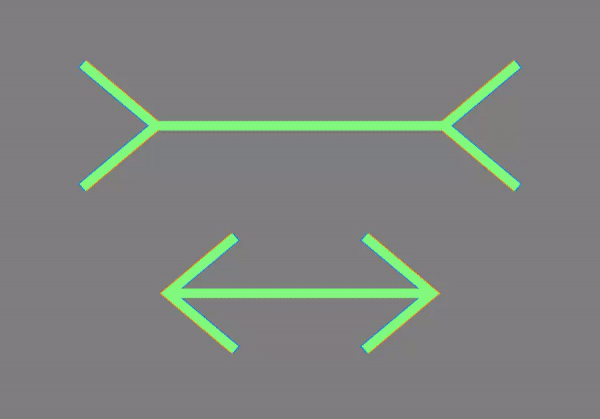
(one)
There is a Japanese digital artist じ ゃ が り き ん (jagarikin), which is experimenting with the illusion of motion (reverse phi phenomenon) where the pixels don’t move but just change color. His work was reposted by Elon Musk and Stephen Pinker. For half a year, I thoroughly studied his work (rewound Twitter for 5 years) and chose 32 of the coolest and most sticky ones. Note for yourself which illusion riveted your attention the most, and share in the comments.
Telegram channel Cognitive Illisions, where I will share the most ripped-out findings on how to hack the brain through perception.
Caution: 1) GIFs are heavy! 2) Lots of bright flashing pictures!

(2)
Theory
Phi phenomenon – the sensation of movement arising from the successive inclusion of stationary light sources, as well as the very form of this movement. A characteristic feature of the phi-phenomenon is that the sensation of movement does not depend on color, size, or the spatial localization of light sources.

If the interval of turning on the lights is less than 60 ms, the light sources are perceived as being lit simultaneously.
If the interval is from 60 to 200 ms, then the lighting of the bulbs looks like a continuous movement.
If the interval is more than 200 ms, then the viewer feels that the lights come on one after the other.
Reverse phi phenomenon – this is a situation where the illusion of movement is achieved due to the rapid change in color and contrast of image elements. All examples in this post are about this.
It is believed that reverse phi illusion is indeed brightness effects, that it occurs when brightness-reversing picture moving across our retina. It can be explained by mechanisms of visual receptive field model, where visual stimuli are summated spatially (a process that is reverse to spatial differentiation). This spacial summation blurs the contour to a small extent, and thus changes the brightness perceived. Four predictions are confirmed from this receptive field model. First, foveal reverse-phi should be broken down when the displacement is greater than the width of foveal receptive fields. Second, reverse phi illusion exists in the peripheral retina for greater displacements than in the fovea, for receptive fields are greater in the peripheral retina. Third, the spacial summation by the receptive fields could be increased by the visual blurring of the reversed phi illusion projected on a screen with defocus lens. Fourth, the amount of reversed phi illusion should be increasing with the decrease of displacement between positive and negative pictures.
Indeed, our visual system processes forward and reversed phi phenomenon in the same way. Our visual system perceives phi between individual points of corresponding brightness in successive frames, and phi movement is determined on a local, point-for-point basis mediated by brightness instead of on a global basis.
Neural mechanism underlying sensitivity to reversed phi phenomenon
- T4 and T5 motion detectors cells are necessary and sufficient for reversed phi behavior, and there is no other pathways to produce turning responses for reversed phi motion
- Tangential cells show partial voltage response with the stimulation of reversed phi motion
- Hassenstein-Reichardt detector model
- There is substantial responses for reversed-phi in T4 dendrites, and marginal responses in T5 dendrites
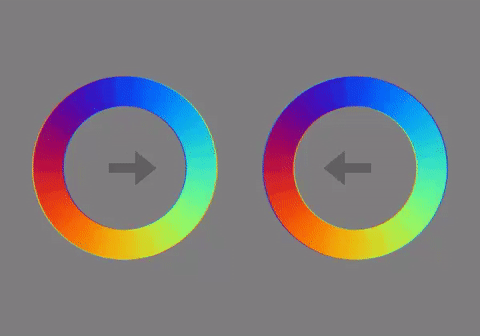
(3)
The illusion is achieved by rings of 1 pixel thickness around the perimeter of the main rings.
With the desynchronization of the rotation of “thin” rings relative to the main ones, this effect is achieved.

The previous iteration was discussed on Habré last year. There are descriptive descriptions of the illusion mechanism.
Stephen Pinker admired by the artist’s work:
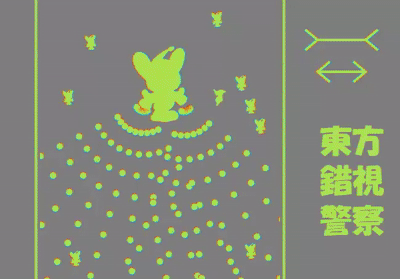
(four)
And じ ゃ が り き ん explained to him how this illusion works:

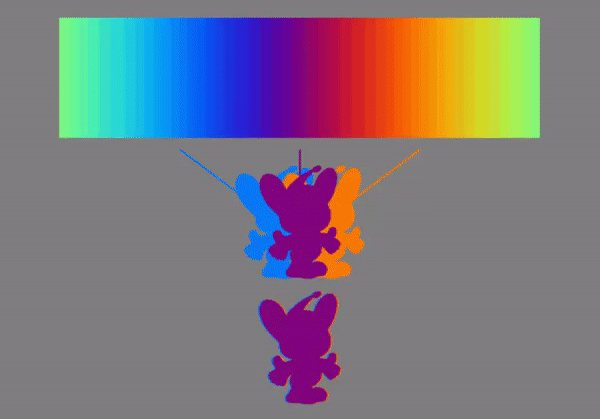
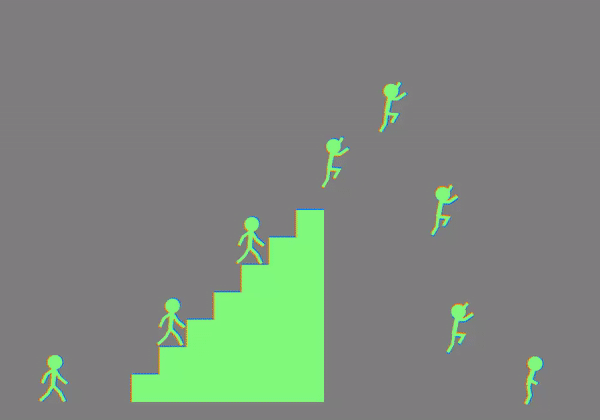
(five)
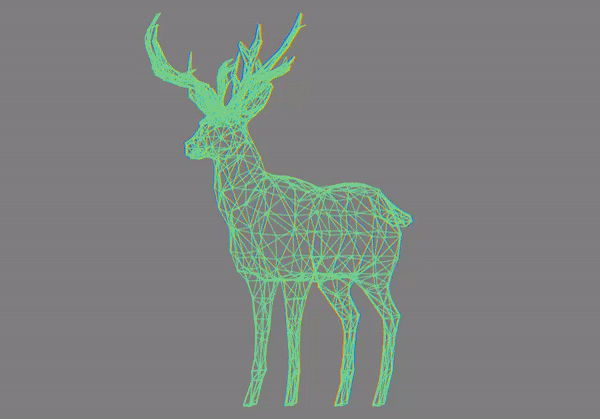
(6)
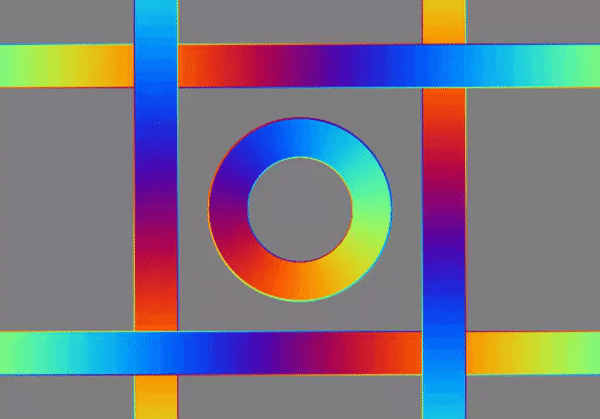
(7)

(eight)
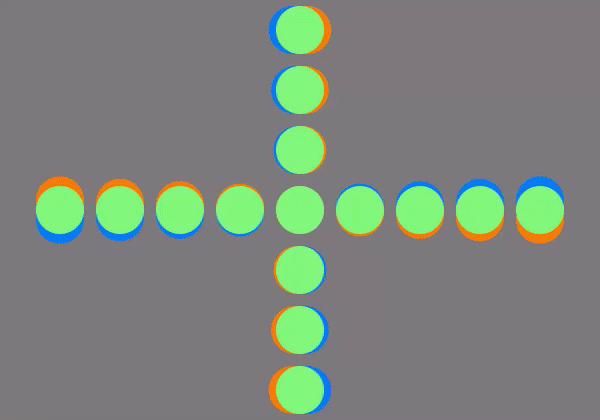
(nine)
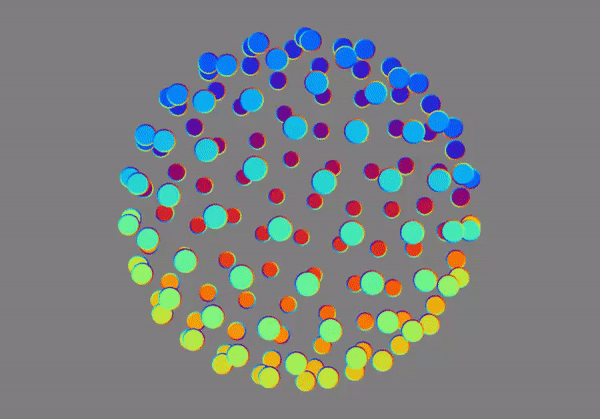
(10)
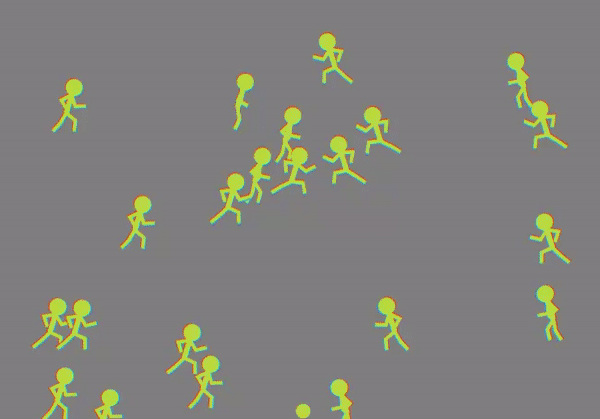
(eleven)

(12)

(13)
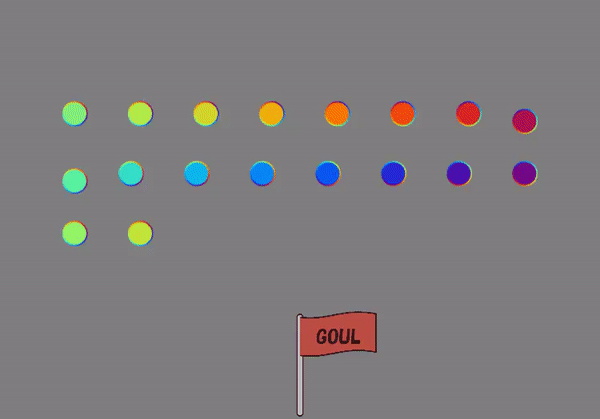
(fourteen)

(fifteen)
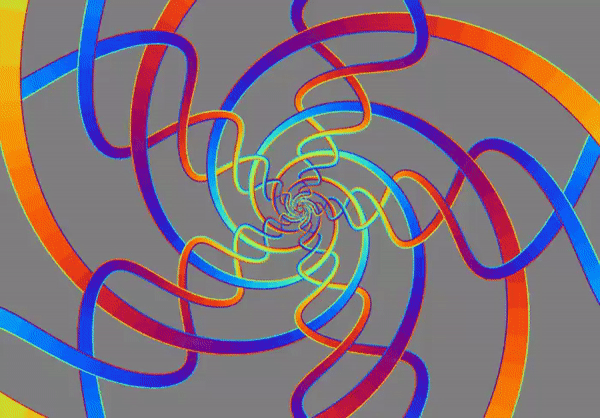
(sixteen)

(17)
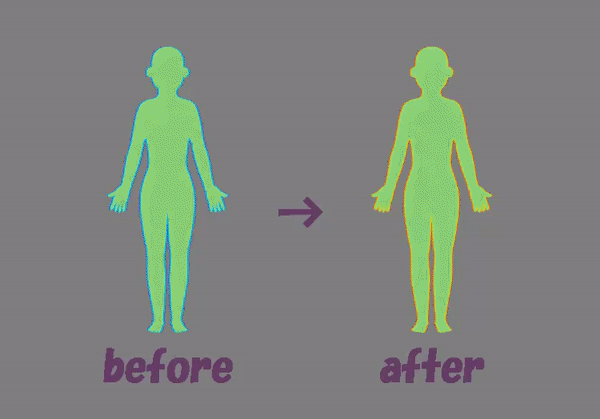
(eighteen)

(nineteen)
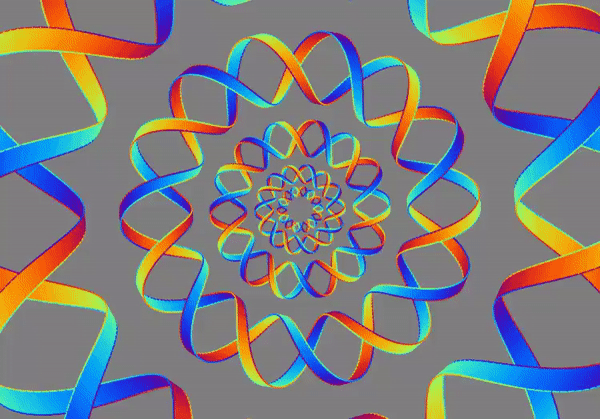
(twenty)
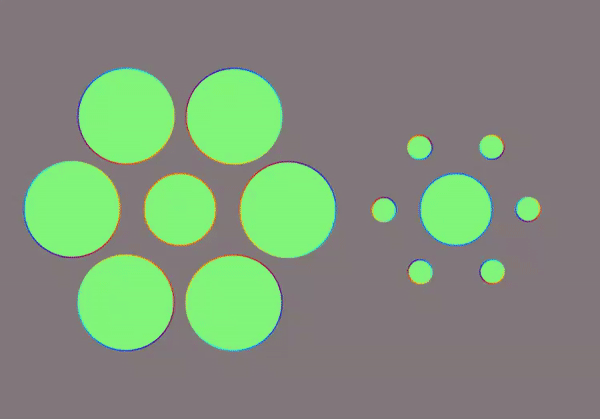
(21)

(22)
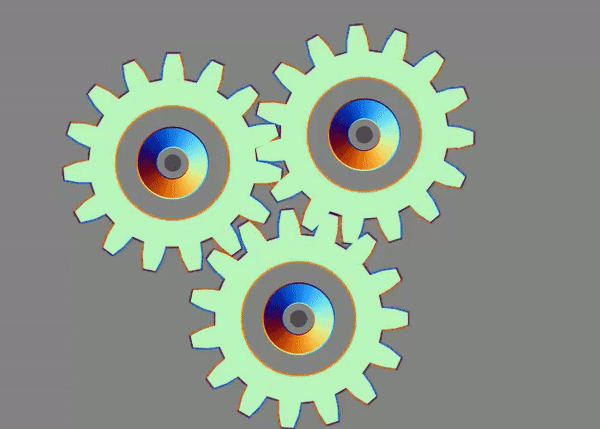
(23)
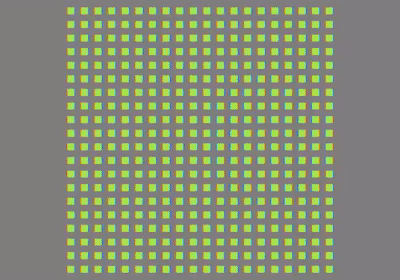
(24)
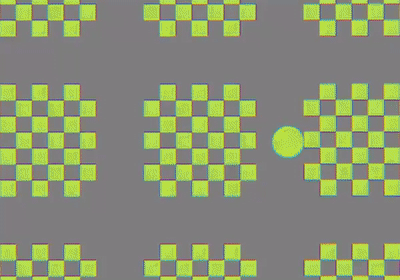
(25)

(26)
Advertising potential
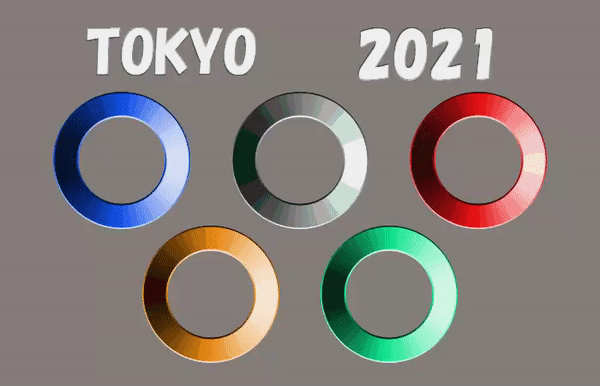
(27)

(28)

(29)

(thirty)

(31)

(32)
- Phi Phenomenon Simulator
- Article on Habré: MotionNet neural network helps to study the fi-phenomenon: do not believe your eyes
- Exploring and explaining properties of motion processing in biological brains using a neural network
Telegram channel Cognitive Illisions, where I will share the most ripped-out findings on how to hack the brain through perception.
Read more
- Optical Illusions: An Arrow That Is Always Right
- Best optical illusions 2020
- Best optical illusions 2019
- Optical illusion 2020




